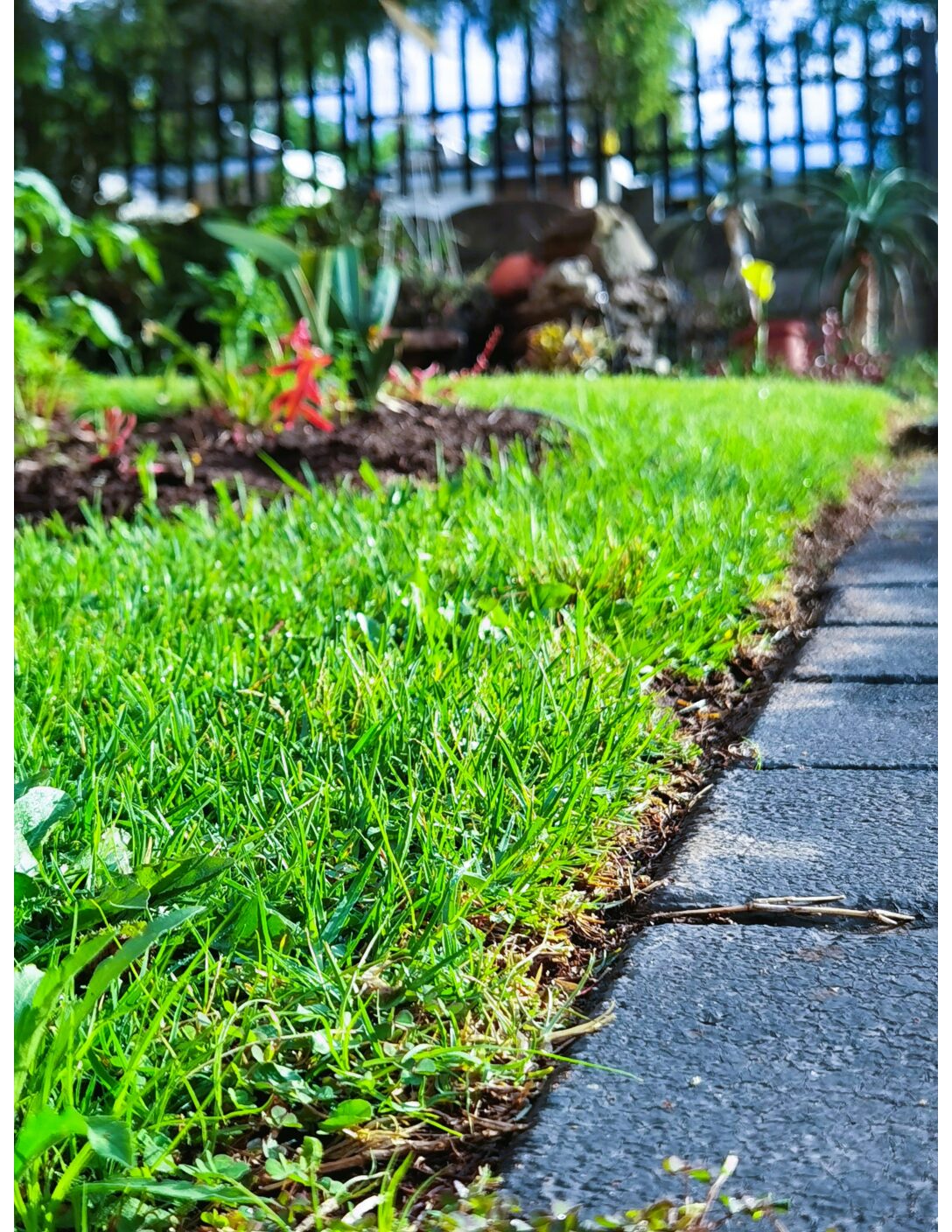
Know Your Lawn. The type of grass and the foliage that make up your lawn can tell you a lot about how best to care for it. In the beautiful Heber Valley the most commonly known and used grass is Kentucky Blue, but did you know that there is a high probability that your lawn is actually made up of multiple grass types? Using multiple types of grass helps your lawn look green and healthy earlier in the spring, through the heat of the summer, and later into the fall. Let’s discuss these different grass types, how they help your lawn, and how best to care for them.
Kentucky Blue
First up is the well known Kentucky Blue Grass. This grass is widely used in Utah due to its ability to hold up well under lots of activity and its ability to self repair. This is a grass that does well in the cold seasons including spring and fall, helping your lawn look good in those colder months. It does well in full sun but holds up well enough in partial shade. With this type of grass more care needs to be taken in those hotter summer months when it is less hearty. Keeping you lawn a bit longer, about 2-3 inches, can help it hold up better in the heat. Watering less frequently but for longer periods of time can also help during the summer. Aeration is also a big help to this grass as it helps thin the roots so water can more easily reach them.
Perennial Ryegrass
This grass type is also a grass used frequently in Utah lawn mixes. It is also a cool season grass but it holds up a bit better in the summer than Kentucky Blue. It’s popular for its quick germination making it a good choice for overseeding. This grass does well will fertilizer, so a few fertilizations during the year could be to its benefit. Like Kentucky Blue it does well with deep watering and being allowed to grow to a longer length (3-4 inches)
Tall Fescue
This grass is not as soft as the two previously mentioned grasses, but for what it lacks in softness it makes up for in heartiness. While it does better in the hot months than Kentucky Blue it also holds up better than Kentucky Blue in shaded areas making it a very versatile addition to your turf mix. This grass also has a deeper root system adding even more heartiness to your lawn during the summer. Similarly to ryegrass it prefers a longer cut of 3-4 inches especially in the summer.
Buffalograss
The final grass worth discussing here is buffalograss. This is the grass that can add the best drought tolerance to your lawn. In fact it does best in the warm seasons. This grass is soft during the summer and requires much less water than the others on this list to remain green and healthy. However, these benefits come at the cost of browning during the winter months. This is grass that goes brown when it goes dormant in the winter needs to be paired with the others on the list in order to keep your lawn greener for longer during the spring and fall. This grass tends to be very low maintenance once it’s established but can benefit from occasional dethatching.
In summary, your Utah lawn is most likely a mix of a few grasses that each have their benefits and have different uses for keeping your lawn green throughout the season. In order to give the best care for each type of the grasses in your lawn, deep water and extra growth alliances are required during the summer months. Occasional aeration, dethatching, and fertilizer can be the extra care your grasses need to thrive during those more difficult months in Heber Valley. Knowing your lawn can give you the upper hand in helping it thrive and keeping it looking spectacular.
